Content
When it comes to packaging, choosing the best box filler is crucial to ensure that products arrive safely at their destination. Case filler plays a crucial role in protection and safety during transportation. In this guide, we will provide you with valuable information on different types of box fillers and how to select the right one for your specific needs.
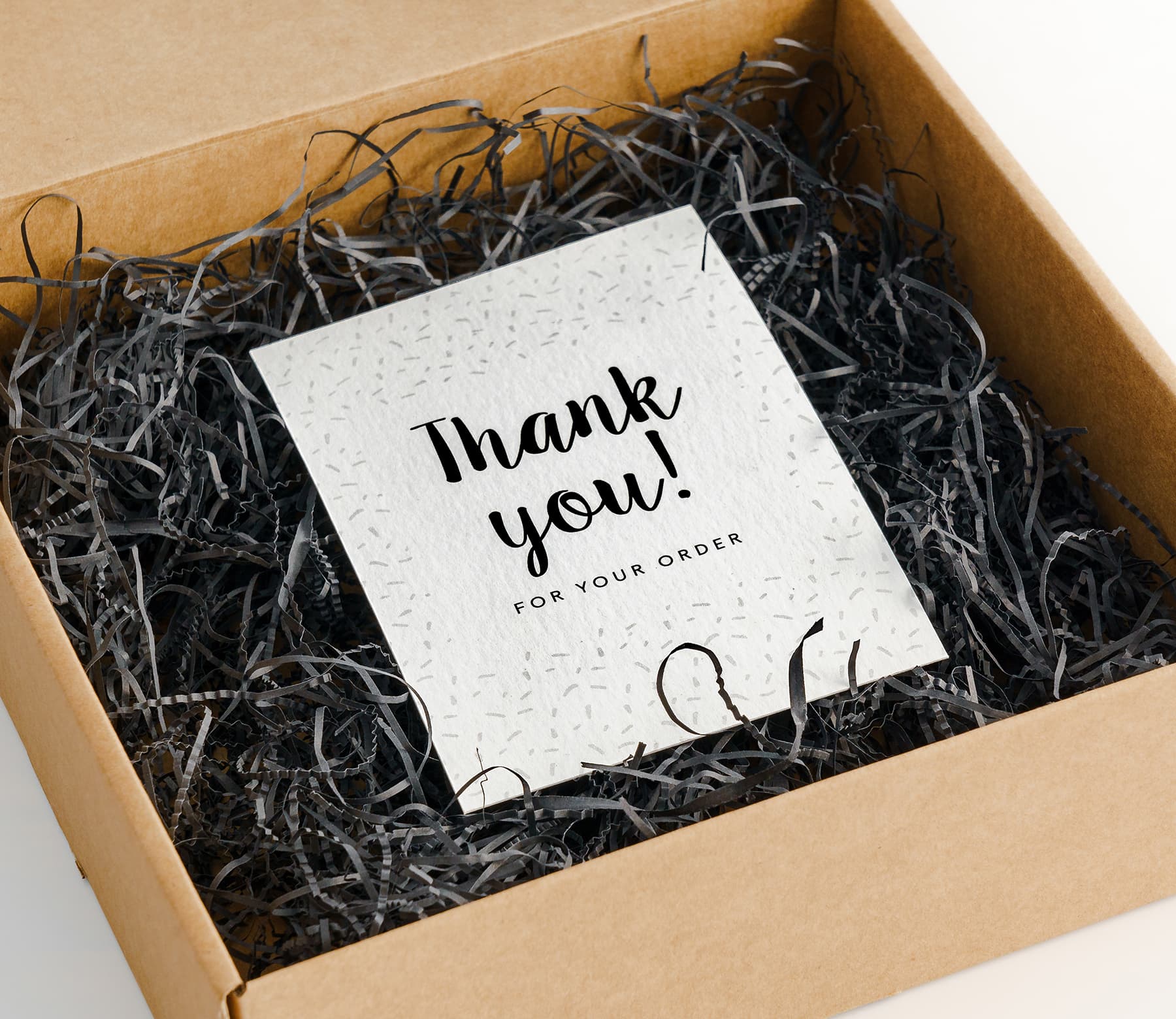
Guide to mastering the art of box stuffing
The art of packaging is essential to ensure that items reach their destination in perfect condition. Proper box padding protects items during transport and minimizes the risk of damage. Here’s an expert guide to mastering the art of box stuffing:
Select the appropriate filler material
- Paper shavings: Ideal for filling holes and protecting light objects.
- Foam Padding: Locks and secures items in place.
- Custom hairpieces: perfect for a more premium presentation.
- Protection for “honeycomb” bottles: perfect for protecting wine bottles, glass jars and any other delicate product that needs extra protection.
Organise items correctly
- Put the heaviest items on the bottom and the lightest items on top.
- Separate breakable items to prevent them from hitting each other.
Protect edges and corners
- Add extra layers of padding around the corners and edges of breakable items
- Use cardboard corner protectors for added protection.
Secure objects in place
- Use adhesive tapes to keep objects in place.
- If there are multiple items in a box, secure them together to prevent internal movement.
Remove empty spaces
- Fill in all the empty spaces to prevent the items from shifting during transport.
- Empty spaces can cause damage if objects collide with each other.
Use boxes of the right size
- Use boxes that fit correctly to the size of the items, avoiding that there is a lot of free spac
Test the resistance of the packaging
- Before sending the packages, please shake them gently to ensure that the items are well protected and there is no excessive movement.
Label correctly
- Clearly mark boxes that contain fragile items or require special handling.
- Indicate the appropriate orientation if relevant.
Consider sustainability
- Use recycled, eco-friendly or biodegradable filling materials when possible.
- Reduce the use of unnecessary materials to minimize environmental impact.
Keep records and learn from experience
- Keep a record of the packaging methods used and the results obtained.
- If you receive customer feedback about shipping damage, analyze what might have caused the problem and look for ways to improve it.
Mastering the art of packing and box-stuffing can take time and practice, but by doing so, you’ll be ensuring your shipments arrive safely and securely, contributing to customer satisfaction and the reputation of your business.
The different types of box fillings
At Selfpackaging we have all these elements so that you become the “packaging expert” that all packaging needs! Attentive:
Paper shavings
Can be used as a rudimentary form of protection in certain situations, although their effectiveness will depend on the context in which they are applied. Here are some ways paper shavings could be used for protection:
- Packaging of fragile objects: Paper shavings can be used to protect fragile items, such as glass, ceramics or electronics, during transport or storage. Filling the empty spaces in a box with paper shavings can cushion shock and reduce the risk of damage.
- Thermal insulation: In emergency situations or when camping, paper shavings can be used to improve thermal insulation. Filling bags or clothing with paper shavings can help retain heat and keep the body warmer in cold conditions.
- Liquid Absorption: Paper shavings can be used to absorb small amounts of liquid spills. Placing shredded paper over a spill can help contain it and prevent it from spreading to other areas.
- Protection in shipments: For small packages, paper chips can provide an additional layer of protection against bumps and jolts during postal or courier transport.
It’s important to note that while paper shavings can be helpful in certain situations, they are not an optimal solution in many cases. For more effective and specific protections, other materials or methods more suitable for the task at hand should be considered. In critical situations or where safety is paramount, it is essential to use appropriate protective materials and follow recommended safety standards.
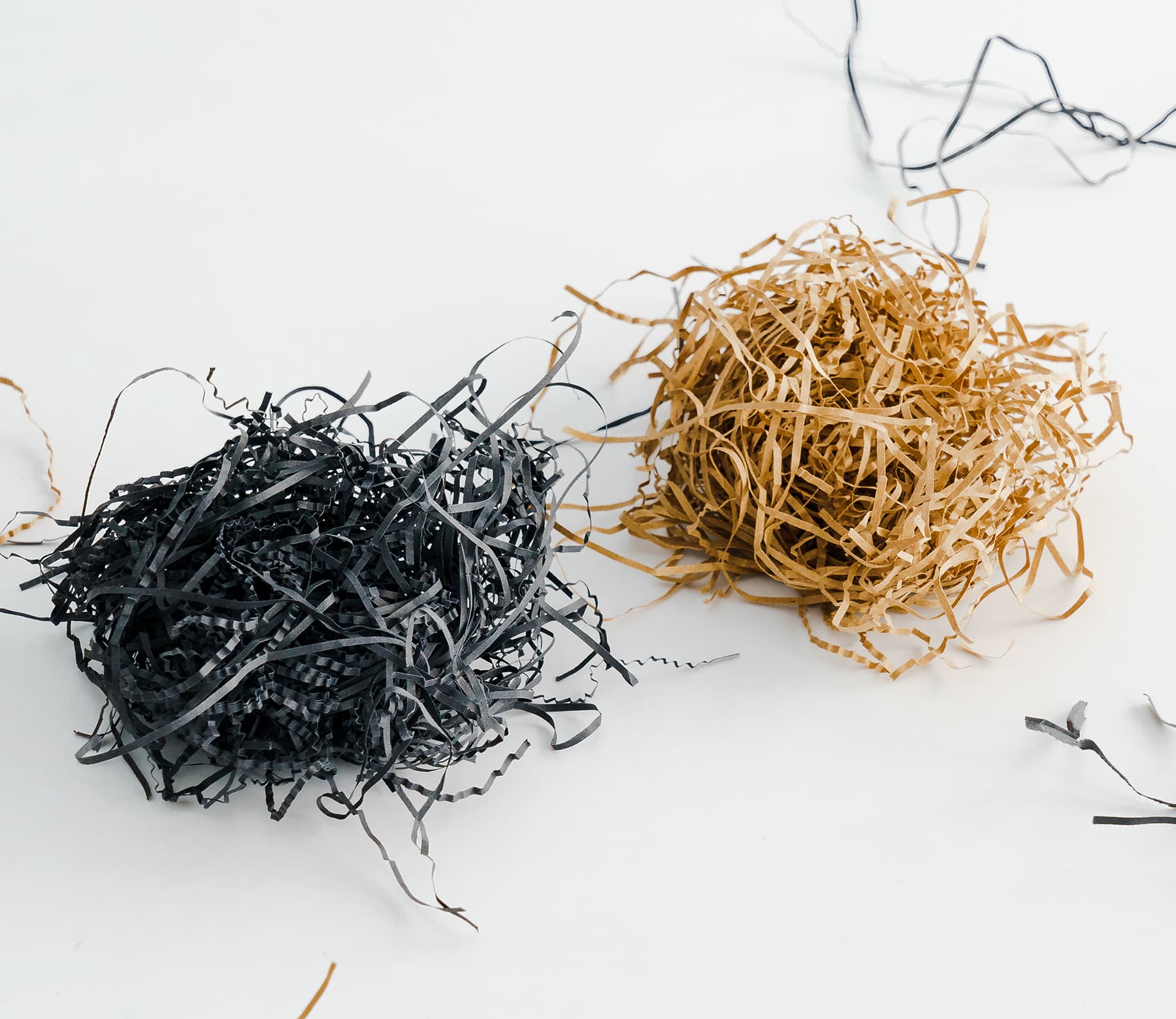
Foam padding
Is a type of material used for various applications, especially in the packaging, transport and protection of fragile or sensitive objects. There are different types of foams used as padding, and each one offers specific advantages depending on the particular needs.
The choice of the type of foam will depend on factors such as the degree of protection required, the type of object to be protected, transport and storage conditions, budget and environmental sustainability.
In short, foam padding is a popular and effective option for protecting fragile or sensitive items, and its use spans a variety of industries and applications. They provide superior protection and a reliable solution to prevent damage during the handling and transport of delicate objects.
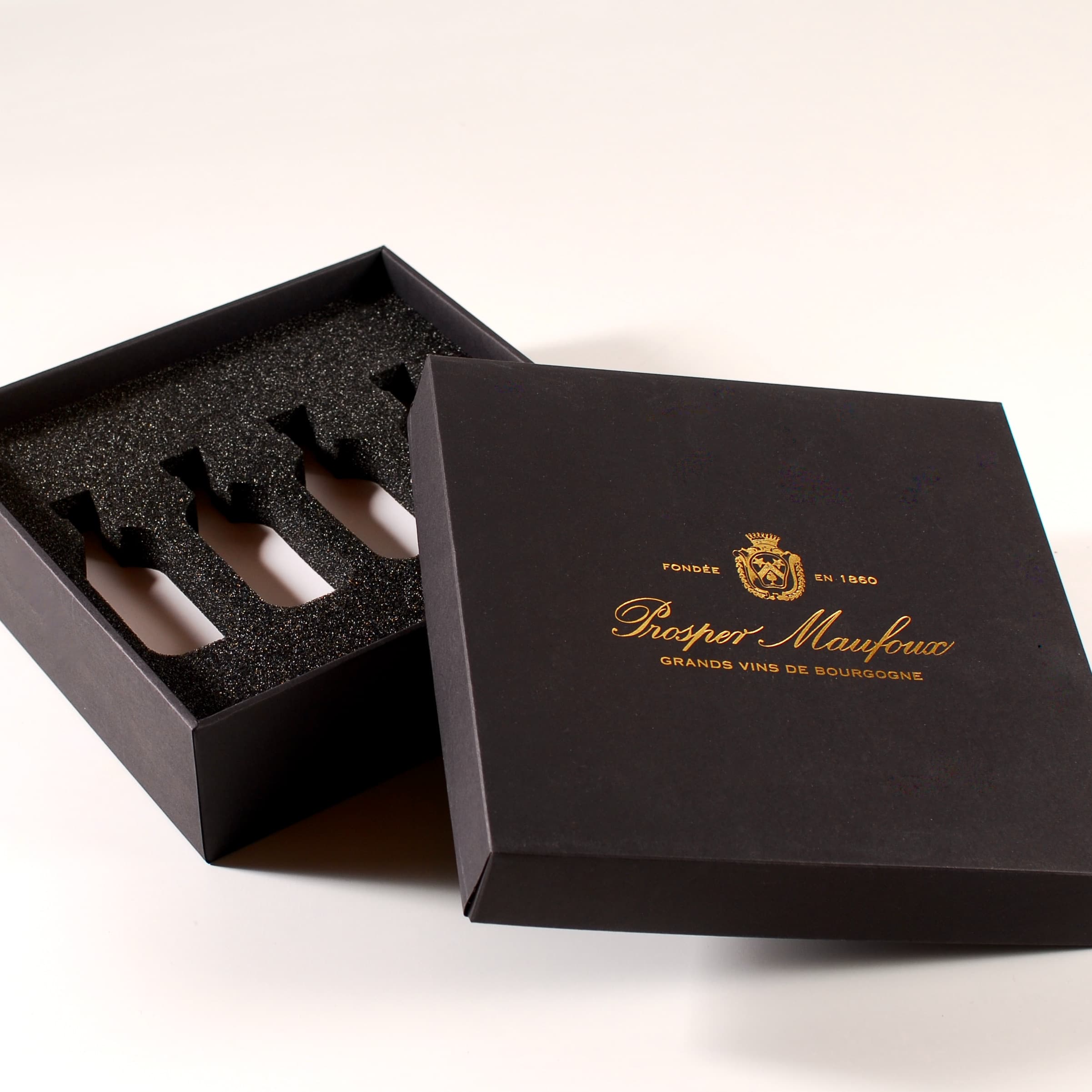
Custom inner cardboard inserts
They are a common and inexpensive option for protecting and organizing items inside a box. They can be used to keep items in place, prevent movement, and ensure they reach their destination in good condition. Here we tell you the steps to follow to create your completely personalized interior cardboard hairpieces:
- Measure the box: We take the internal dimensions of the box for which you want to make the cardboard hairpieces. We measure the length, width and height of the inside of the box precisely.
- Select the right cardboard: We choose a resistant cardboard suitable for your needs. We use corrugated cardboard, which is durable and provides good protection, or folding cardboard if you need something more flexible.
- Designing the inner hairpieces: We used the measurements taken to design the cardboard hairpieces.
- Cutting the cardboard: Once we have designed the inner inserts, we cut them with precision using a sharp blade or cardboard cutter.
- Fit test: We place the cardboard inserts inside the box and place the objects you want to protect in their place. We make sure that the hairpieces fit perfectly and provide adequate protection.
- Final Adjustments: If necessary, we make additional adjustments to improve item fit and protection.
- Final Packaging: Once the cardboard inserts are in place and the items are protected, we carefully close the box and make sure it is well sealed for shipping or storage.
Customized inner cardboard inserts are a practical and effective solution to protect objects in a box, especially in situations where a quick and economical solution is required. If you need a more complex solution or to protect very fragile items, consider asking us about other custom packaging options so that we can offer you more advanced options suited to your specific needs.
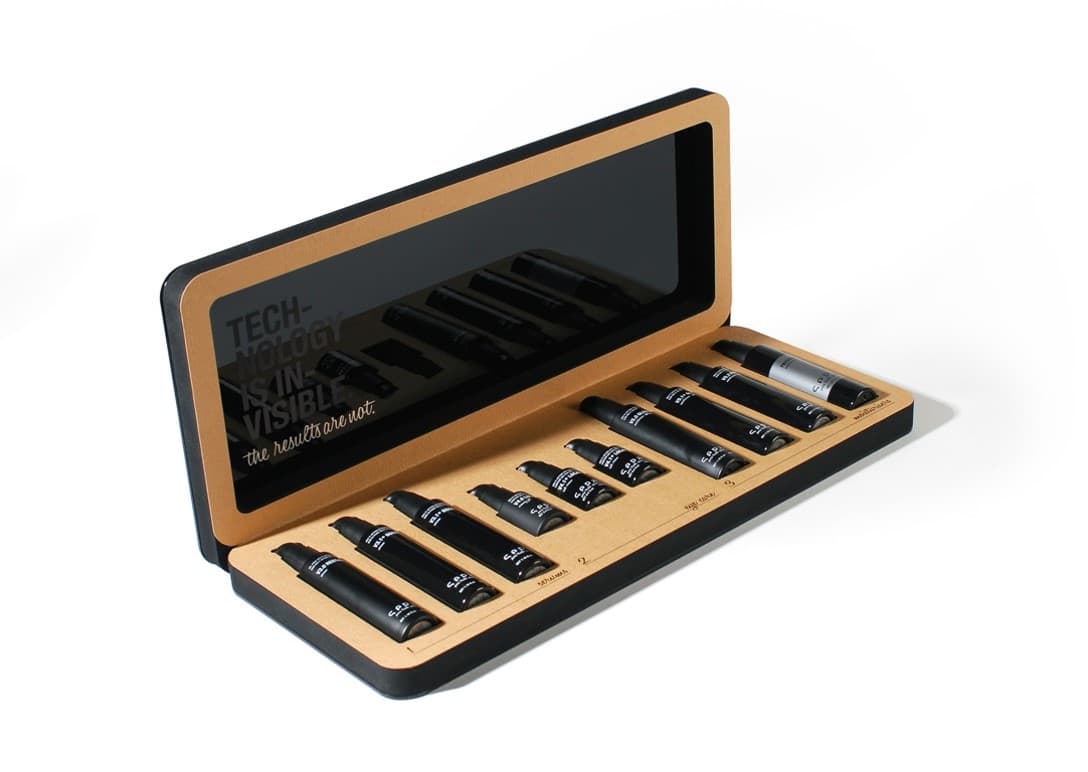
Bottle protection with honeycomb material
Is an effective and commonly used option to prevent breakage and damage during transport and storage. The honeycomb material is a honeycomb structure that provides excellent cushioning and impact resistance.
It is important to remember that while honeycomb material provides effective protection, it is always advisable to take extra precautions when handling bottle shipments, especially fragile or high value bottles. Also, make sure you comply with the regulations and packaging requirements for transporting liquids, especially if the bottles contain hazardous substances or are shipped internationally.
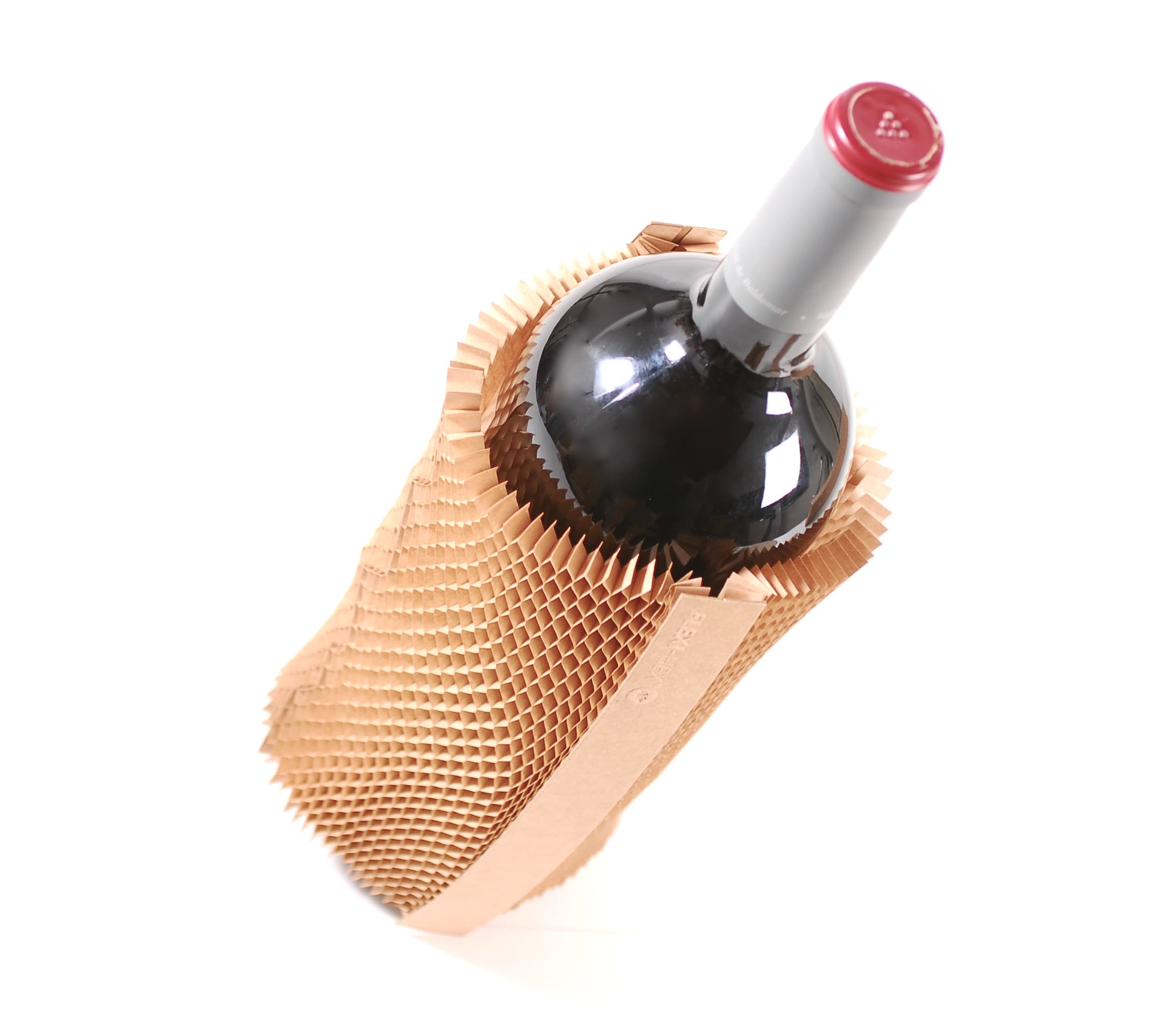
The importance and functionalities of box fillers
Box fillers play a fundamental role in the packaging and transport of goods and products. Next, we detail the different functionalities and the importance of using adequate padding:
- Impact Protection: One of the main purposes of box padding is to provide an extra layer of protection against shock and impact during shipping and storage. Fragile or sensitive products can be damaged if they are not adequately protected. The padding cushions and absorbs the force of blows, thus reducing the risk of breakage or damage.
- Fill Empty Spaces: Fillers are used to fill empty spaces within a box. When products do not completely fill the box space, they are more likely to shift during transportation, which may result in damage or deformation. Filling those empty spaces with suitable packaging material ensures that products stay firmly in place and prevents excessive movement.
- Insulation: Some fillers have thermal or acoustic insulation properties. This is especially useful for products that need to maintain a specific temperature, such as heat-sensitive foods or pharmaceuticals. Padding can also help reduce noise generated by products moving within the box.
- Presentation and aesthetics: In addition to protecting the products, the fillers can also improve the presentation and aesthetics of the packaging. Clean, well-organized packaging provides a more professional image and can make a better impression on customers. Well-designed and well-presented fillers can enhance product and brand perception
In summary, box fillers are essential to protect and secure products during transport and storage. They provide an additional layer of protection against shock and impact, prevent excessive movement of products within the box, can offer thermal and acoustic insulation, and improve the aesthetic presentation of the packaging. Choosing the right fillers for each type of product and box is a crucial part of the packaging process to ensure customer safety and satisfaction.
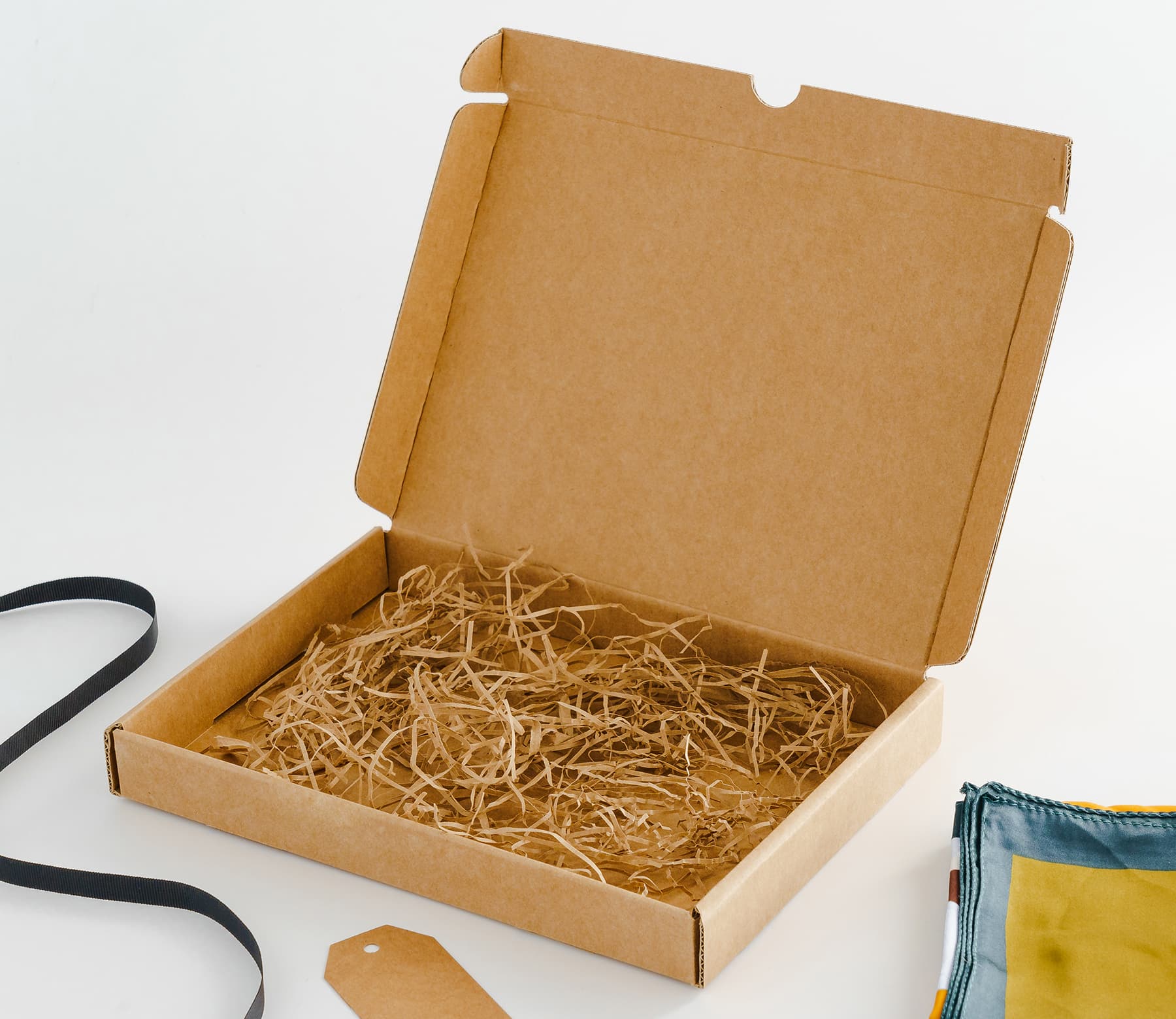
Ecological fillers: Contributing to sustainability
In response to growing concern for the environment, more and more companies are looking for eco-friendly box fill options. Fortunately, there are a variety of eco-friendly and sustainable materials that can be used as fillers, thus promoting environmental responsibility.
In addition to recycled materials, there are also box fill options that are derived from renewable plant sources. These materials, such as wood shavings from sustainable sources or natural straws, are biodegradable and do not generate negative impacts on the environment. By opting for these plant-based fillers, companies can demonstrate their commitment to sustainability and promote responsible business practices.
When choosing ecological fillers, it is important to ensure that they are compatible with the products to be protected and that they meet the desired sustainability standards.
It is also crucial to educate employees and customers on how to properly dispose of these fillers to ensure they continue to be an environmentally responsible choice. By making more conscious packaging choices, companies can play a significant role in preserving the environment and promoting a more sustainable approach in their industry.
Selecting the right box padding is essential to protect your products during transport. Consider the characteristics of your products, the type of shipment, the cost, the ease of use and the environmental impact when making your decision. Remember that the main objective is to ensure that the products arrive safely at their final destination. Choose wisely and give your shipments the protection they deserve!


Pingback: Everything you need to know about cardboard strength - Selfpackaging Blog